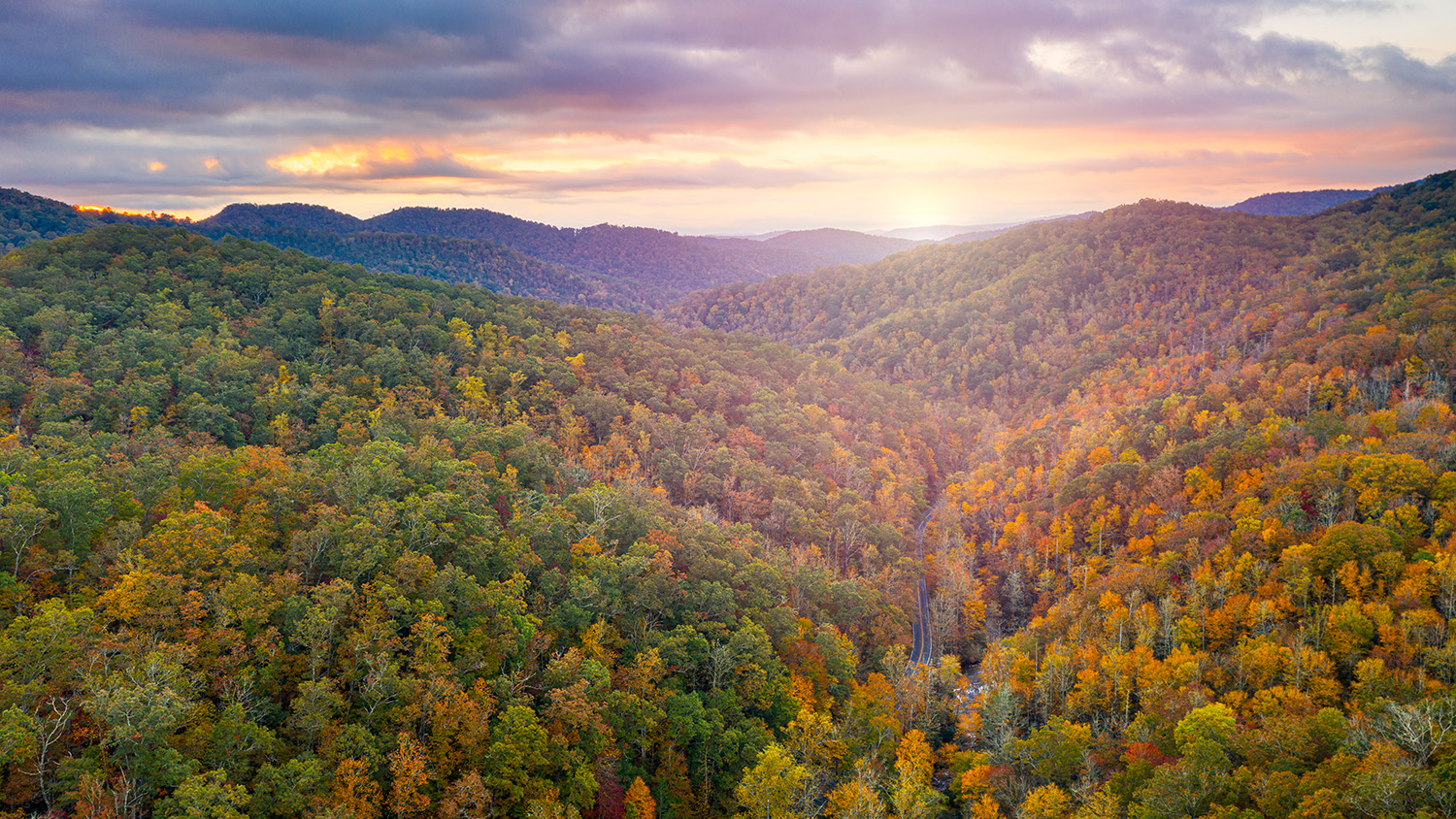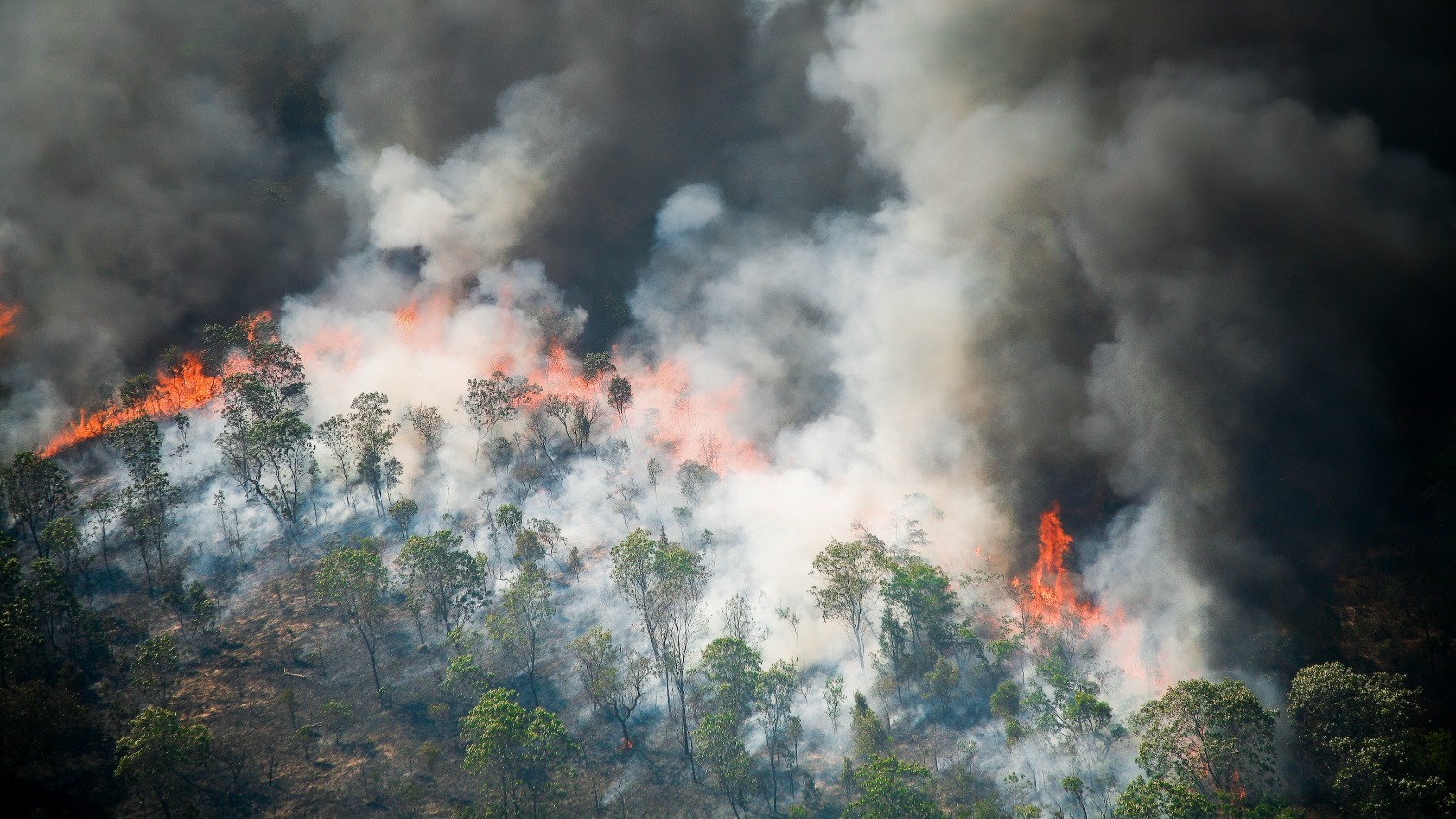North Carolina State University researchers recently found that a program designed to get Girl Scouts involved in citizen science – programs where members of the public can participate in real scientific research – not only taught girls about the process of science, but also motivated them to tackle scientific or environmental problems in their communities.
The findings demonstrate the impacts citizen science projects can have on their participants and offer lessons for other organizations on how to structure STEM-focused learning opportunities using citizen science.
“We’ve found that after participating in citizen science, students do not just learn more science content or the process of science, or have better attitudes or trust in science,” said study co-author Caren Cooper, professor of public science at NC State. “It can be the basis for motivating action.”
The study evaluated the impact of a partnership between the Girl Scouts of the USA and SciStarter.org, an online hub for citizen science projects. Between 2017 and early 2020, more than 200 Girl Scout troops with girls between the ages of 4 and 11 participated in a program called “Think Like a Citizen Scientist.”
First, the Girl Scouts learned about making observations or predictions, collecting data and doing data analysis. Then, they signed up to participate in a citizen science project through SciStarter. The most popular project was one led by applied ecology researchers at NC State called “Ant Picnic,” where volunteers created a picnic for ants, waited an hour and recorded the number of ants that showed up.
“These citizen science projects were chosen by Girl Scouts and SciStarter to be age-appropriate, and were part of a multi-stage curriculum, or ‘journey,’ designed to introduce girls to citizen science,” said the study’s lead author, Haley Smith, a Ph.D. candidate in NC State’s Fisheries, Wildlife, and Conservation Biology program. “The Girl Scouts’ program design is a really great model, where learning activities are structured to build off of each other. Girls gain more independence as they go along. That’s something other organizations could use to set up participants in citizen science projects for success.”
After participating in the citizen science projects, the Girl Scouts completed “Take Action Projects” in their communities. These projects included activities such as installing recycling bins; educating family members about water pollution; creating gardens at a YMCA to attract native insects; raising money to buy science books for the local library; and even sewing sleeping bags for a hedgehog at a nature center. Most girls (81%) chose projects addressing science or environmental topics, and many of the projects (66%) were designed to educate or inspire others.
“In the overwhelming majority of cases, we saw girls taking what they had done with citizen science and extending that in some way, such as by supporting science literacy, promoting environmental goals like recycling, or providing habitat,” Smith said.
Girl Scout troop leaders reported in surveys that girls who completed the program learned about science and environmental topics and about the process of science, developed confidence in STEM, and received other benefits. Most importantly, they learned to identify and address problems in their communities.
“Because of this research, we now have empirical qualitative data that reinforces the crucial role of organizations like the Girl Scouts in facilitating participation in citizen science, and therefore in expanding awareness of, access to, and engagement in, science and related local actions,” said Darlene Cavalier, co-author and founder of SciStarter.
The study, “Facilitator organizations enhance learning and action through citizen science: a case study of Girl Scouts’ Think Like a Citizen Scientist journey on SciStarter,” was published online July 26 in the journal Environmental Education Research. Co-authors included K.C. Busch, Suzanne Harper, Amy Muslim, Kaleigh McKenna and Darlene Cavalier. The National Science Foundation AISL award #1713562 supported Smith and Cooper in the work.
-oleniacz-
Note to Editors: The study abstract follows.
Facilitator organizations enhance learning and action through citizen science: a case study of Girl Scouts’ Thank Like a Citizen Scientist journey on SciStarter
Authors: Haley E. Smith, Caren B. Cooper, K.C. Busch, Suzanne Harper, Amy Muslim, Kaleigh McKenna and Darlene Cavalier
Published: July 26, Environmental Education Research
DOI: 10.1080/13504622.2023.2237705
Abstract: Engagement in citizen science can result in participant outcomes including increased science and environmental literacy and civic action. One factor which may increase the likelihood of these outcomes is facilitation by groups such as employers, schools, or other organizations. We examined how a partnership between SciStarter and Girl Scouts of the USA facilitated participation in citizen science to shape participants’ learning and civic engagement. Between July 2017 and February 2020, participants from over 200 Girl Scout troops completed the Think Like a Citizen Scientist Journey, consisting of science learning activities, participation in an environmental citizen science project on SciStarter, and a Take Action Project (TAP). Troop leaders provided open-ended descriptions of TAPs which we analyzed qualitatively. Responses provided evidence of learning outcomes spanning informal science learning goals, Girl Scout Leadership Experience outcomes, and Girl Scout STEM outcomes. Participants’ TAPs overwhelmingly related to science and environmental topics (81%) and the majority sought to educate and inspire others (66%), reaching audiences of peers, adults, the general public, and civic leaders. This program demonstrates the potential for facilitator organizations to leverage existing citizen science projects to promote learning outcomes, civic science education, and community action with participants as young as 4–5 years old.



